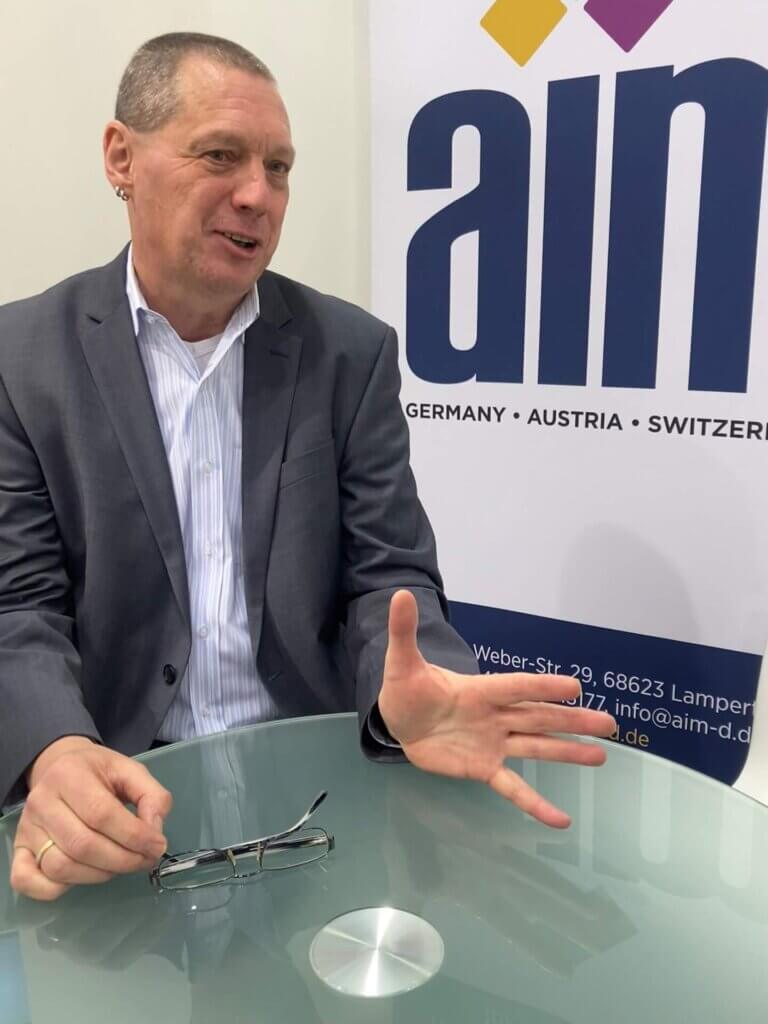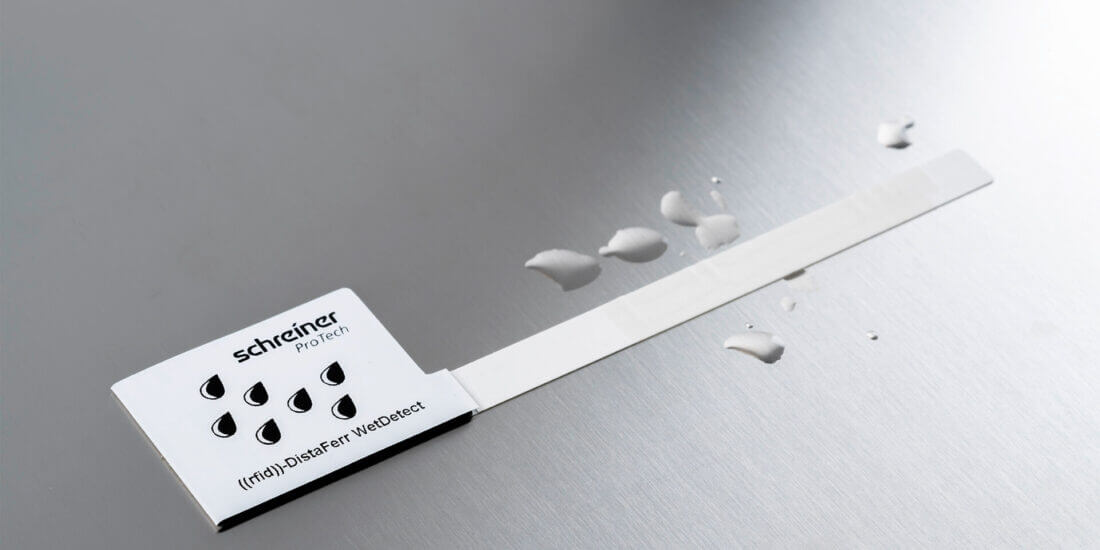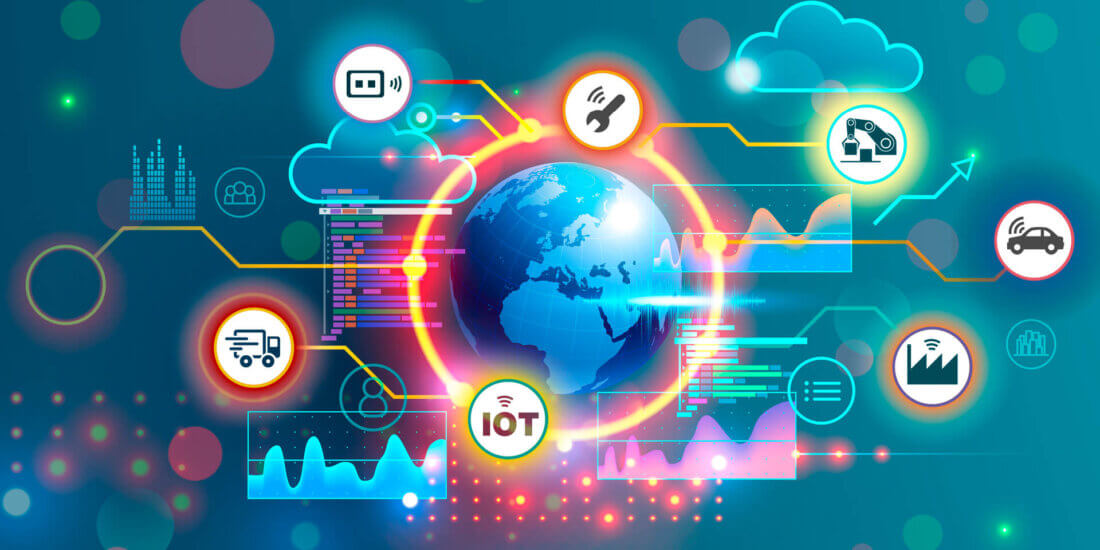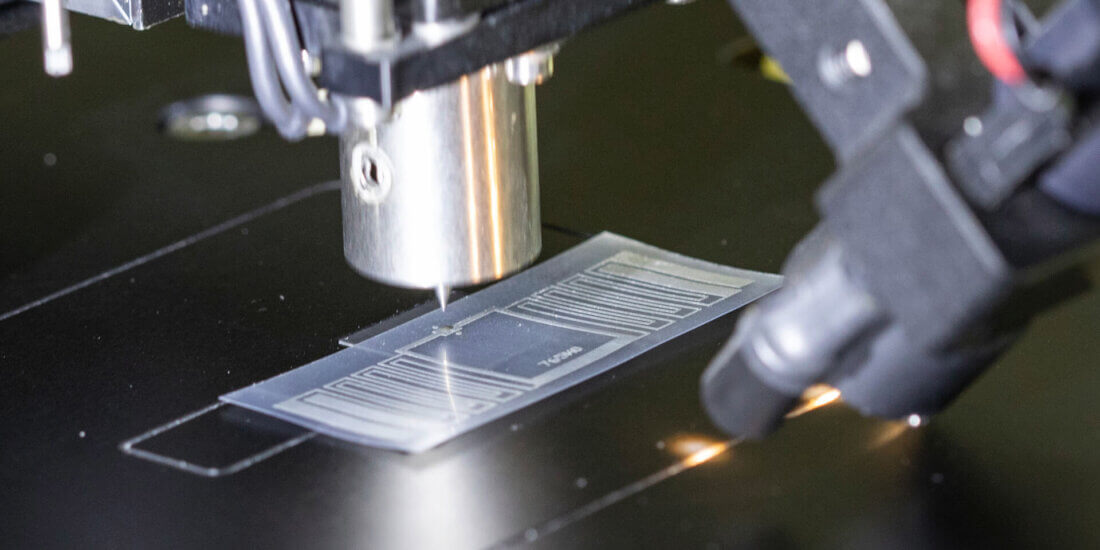Innovation in a State of Flux: RFID Between Tradition, Technology, and TikTok
SCHREINER PROTECH
Innovation in a State of Flux: RFID Between Tradition, Technology, and TikTok
The Auto ID sector is at a turning point. Automation, IoT, and real-time localization are fundamentally changing more and more autonomous processes. Peter Altes, Managing Director of AIM-D e.V., the German-speaking unit of the global industry association for Automatic Identification, Data Acquisition, and Mobile Data Communication, talked to us about technological potential and underrated developments—and why standardization is more important than ever before.
Mr. Altes, what development are currently determining the state of Auto ID technology?
Peter Altes: A greenfield warehouse, today, is hardly conceivable anymore without RFID and automation. Now, practically any object is digitally allocated—a prerequisite for fully automated processes. In the case of older, existing facilities, though, the situation looks completely different. That always raises the question: how high is the innovation pressure? What can be changed and, above all, what are the costs? A transformation in ongoing operations resembles open-heart surgery: risky but required.
What has been misjudged or perhaps missed out on to some extent in recent years?
The idea at the beginning of the RFID hype that my yoghurt cup would be equipped with an RFID tag costing 1 cent communicating with me from the fridge telling me that its best-before-date was about to be reached: that tends not to make a lot of sense and is at least economically unfeasible.
Now if we take real-time localization as another example the situation looks different. Even though that technology has been available for a long time the market for it was only sustainably opened a few years ago, which then accelerated the innovation cycle.
Human identification is another field reflecting the conflict between potential and its ultimate realization. Take a healthcare facility in which bedside sensors indicate that a resident has not gotten up as usual. That example shows that while a feature like that is technically feasible without any problems data protection and privacy must always be considered. In that respect, I’d like to rephrase the question and say that in some cases potential has not been fully tapped yet but not that it has been “missed out on.”
How is the industry changing in general?
Let’s face it, the crucial aspect is how we SEE the developmental potential, and that’s where we can clearly detect that things are opening. While thinking used to take place only in one’s own silo, the industry is now looking toward the left and right, and out of the box. That’s a positive because no technology can accomplish everything. Complex projects call for a technology mix. In that respect, large corporations are sometimes more flexible than SMEs where the saying frequently is, “We’ve always done it that way.” But business pressure is growing—and awareness is changing as well. We can also tell that’s happening in our association: younger members contribute new perspectives.
Let me put it this way: We used to have product sheets and now there’s TikTok. That doesn’t mean that soon we’re going to be selling Auto ID products and solutions on that platform—but it does show how communication is changing: short, concise, easy to understand. That’s the way forward.
Where are you currently seeing the greatest challenges for the industry?
A subject that I feel is currently still underrated is standardization. Granted, it’s tedious work but it’s immensely important! “Why? Because purely proprietary systems would give a company only short-term advantages—and, honestly speaking, half-life is getting shorter and shorter.
A globally connected world needs interoperability, in other words, a common language and that’s exactly what we support as an association.
Now venturing a look into the future, where are we going to be in 2030?
I firmly believe that we’re going to see another leap in AIDC technologies in the next few years. We’ve now been through two dents, the coronavirus pandemic and the current market uncertainties, and that has increased the pressure to act. Despite all these crises I’m optimistic and am telling you: in five years, we’re going to be in better shape than we are today! Big solutions are in demand now and they’re going to generate the market too. As an association, we’re going to keep flying the flag, creating awareness—because the journey is far from having ended.
AIM-D e.V. – Driving Force for AutoID and Digitalization
AIM-D e.V. is the leading industry association for Automatic Identification (AutoID), data capture, and mobile data communication in Germany, Austria, and Switzerland. As part of the global AIM network, the association promotes the adoption of technologies such as barcodes, RFID, NFC, and sensors — key components for Industry 4.0 and digital value chains. With over 120 member companies, including Schreiner Group, AIM-D actively supports standardization, drives innovation, and provides a platform for knowledge exchange and market development.









